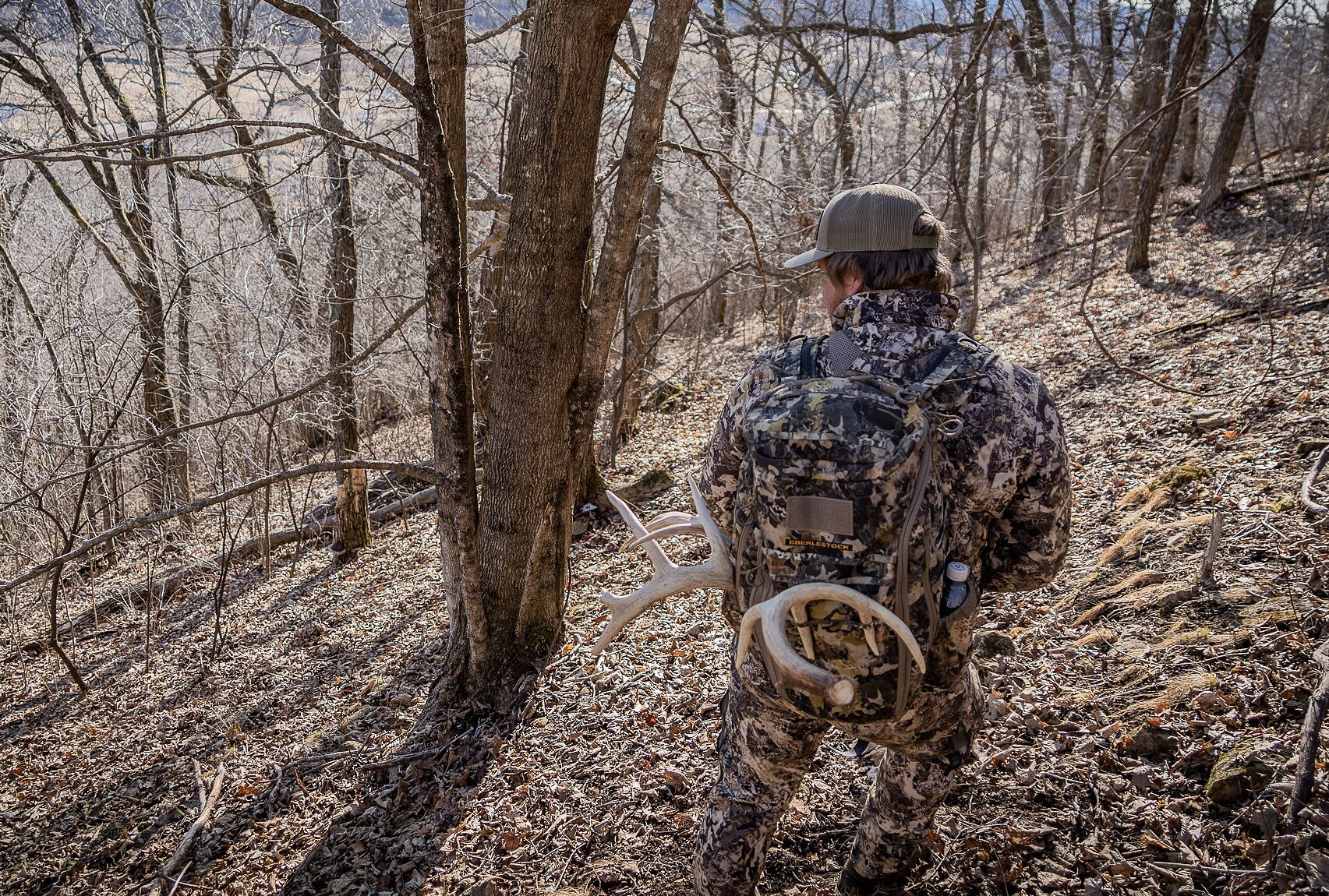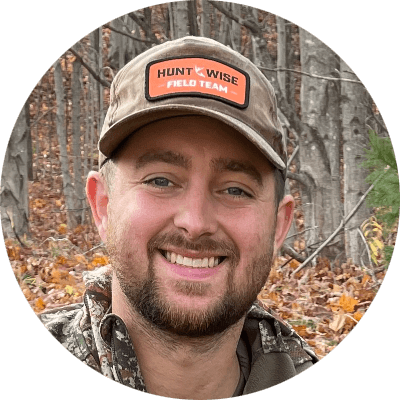We know that whitetail deer hunting is considered by many to be a pursuit of the fall season. Along with the falling leaves and temperature changes brought on by autumn, hunters across the country will hit the field in pursuit of America's favorite big-game species.
As we continue our series about the "Year-Round Hunter," let's pick up on where we left you after talking about February hunter activities. In particular, March is one of my favorite months to spend time scouting for whitetail deer. Let's talk about how to scout for deer during the off-season.
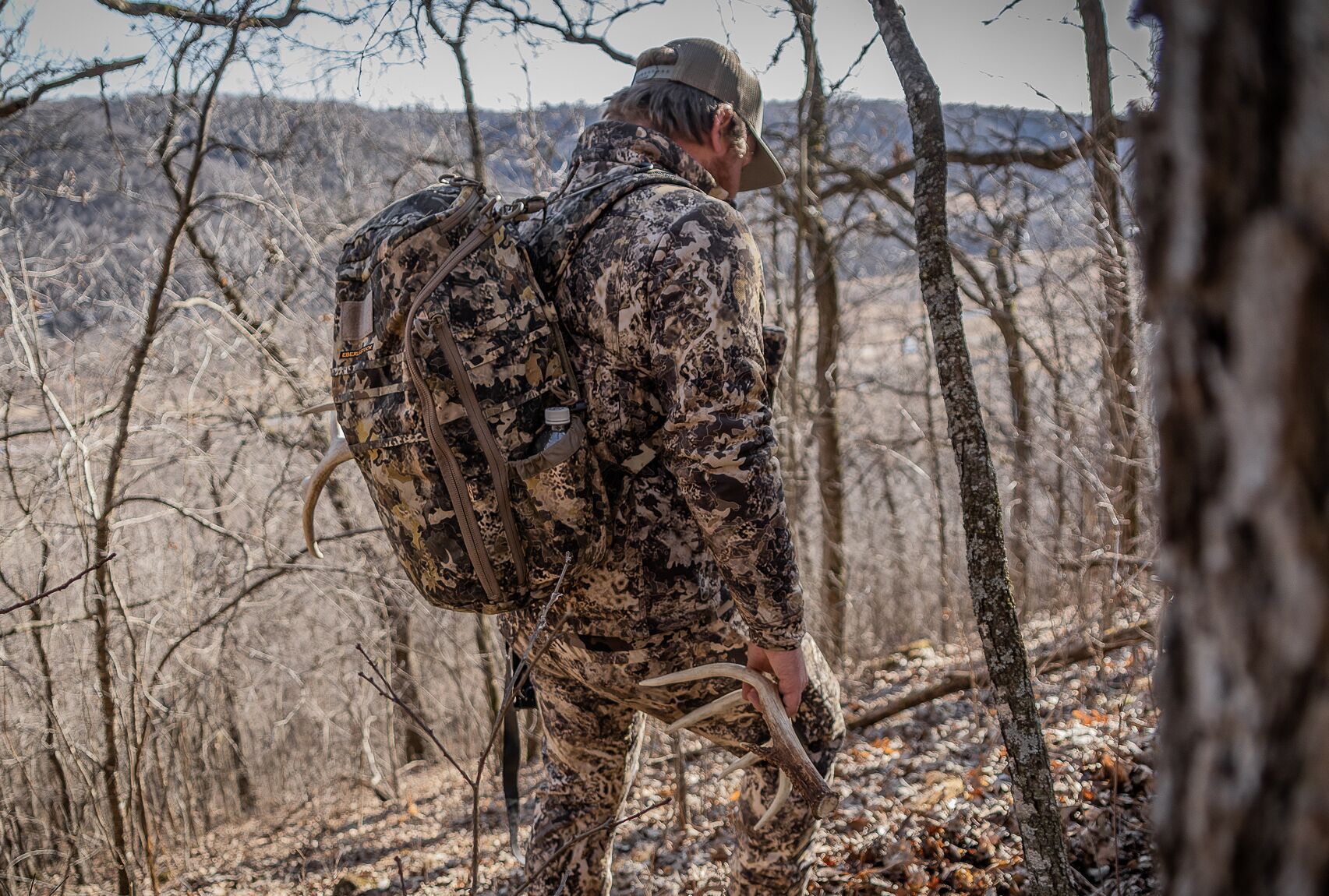
March is a Great Time to Learn How to Scout for Deer
Several contributing factors get me excited about heading to the woods during March to start scouting for hunting in the fall. Some of them are strictly for the enjoyment of being in nature, and others are for the unique opportunities they provide to learn more about the deer I'll be chasing in the fall.
Regarding the latter, I find March to be especially good for scouting because deer sign is particularly easy to see.
You Can See Through the Woods
With minimal foliage in March, it's a lot easier to see "through" the woods. In July, your visibility will be limited to what's directly in front of you because all the vegetation will be full and green.
However, in March, you can see several yards in every direction. This makes spotting rubs and scrapes from the previous season much easier. Those rubs and scrapes provide a unique insight into how both bucks and does use the property you're scouting during the fall.
In addition to rubs and scrapes, trails are also much more visible. I personally like to spend time walking deer trails in March. They're easy to spot and follow, granting you a chance to explore the same places that deer have been frequenting and ultimately deciphering why.

Keep Shed Hunting
My favorite way to scout in March is by shed hunting.
Generally, March has favorable weather conditions that make it really pleasant to knock off the winter blues and get some fresh air. I'll use HuntWise to look for places I think bucks will be bedding or feeding during the colder months of the season and then explore them looking for antlers.
In fact, March is the month I drop the most new pins on HuntWise. I make sure to mark trails, tracks, rubs, and areas with food and dense bedding, where I find antlers, access points, and trees that I think could be good hunting spots in the fall.
Note Things That Change
I also like to note things that have changed from the previous year. For example, if a tree dropped across what used to be the main trail deer would use, I make a note of that. On a larger scale, if an area was clear-cut the previous fall, it's good to mark that on HuntWise, as well.
All of those locations and lessons are brought about by shed hunting.
Finding sheds is also a good indicator of the local herd's health. If a deer has shed his antlers, it means he made it through the hunting season and could be a potential target for the fall.
The more antlers you can find, the clearer the picture you will develop about the number of bucks in that particular area. Because of this, I always make a point to shed hunt multiple places and always add at least one new piece of public land to my shed hunting adventures each year.
Knowing how to scout for deer on public land can really help you have a better fall, and March is an excellent time to do this.
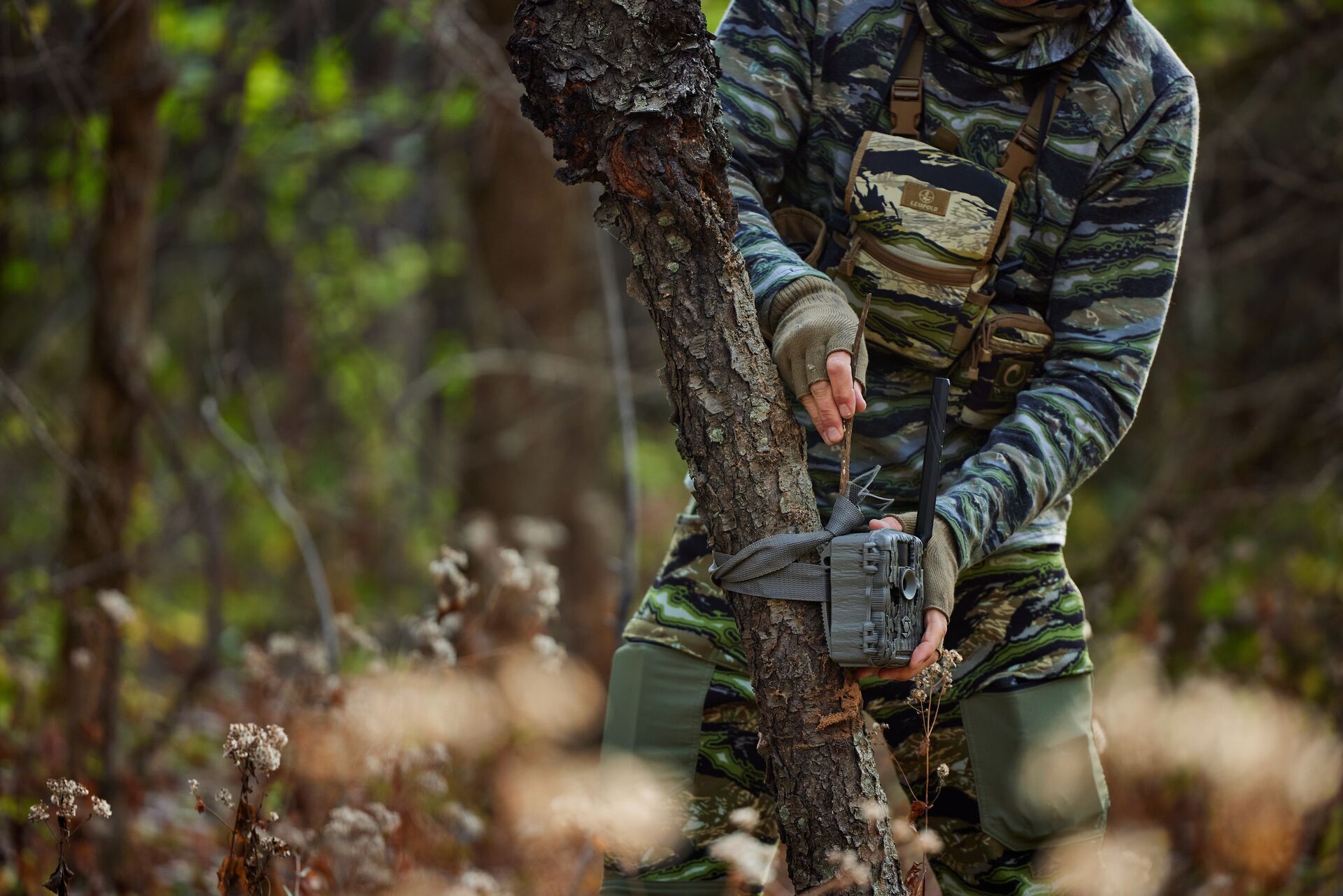
Catch Up on Trail Camera Maintenance
Nearly everyone uses trail cameras to some extent nowadays. March is the month I'll do a few things to maintain my cameras and ensure that I continue to gain valuable intel for the upcoming season.
First, I'll gather all of my cameras, clear their SD cards, and change batteries. I like to wait until March to do this so that the cameras can continue to gather late-season information about the places that I hunt.
I've found that information from the season's end (January 1st for where I live in Michigan) to March to be helpful for the following year, especially after the weather gets cold. In fact, one of my favorite late-season spots is an oak ridge that the deer really don't start to target until mid-December. I found this spot via trail camera data that popped up in February a few years ago.
Place Your Cams in the Best Spots for Spring
After I've changed the batteries and cleared the SD cards in my trail cameras, I like to redeploy them on my next scouting trips.
As a rule, I try to place my cameras, especially non-cellular cameras, in areas that green-up early in the spring. This might mean that those cameras won't gather much intel for a month or so. However, when the foliage starts to turn green and deer look for those food sources, those trail cameras will quickly gather an inventory of the deer that survived the winter.
When I put my cellular cameras back in the woods, I put them in places where the deer will be right now. Late-season food sources and bedding areas are favorites of mine; because of this, I'll often place my cell cameras in the same places that I'm often shed hunting.
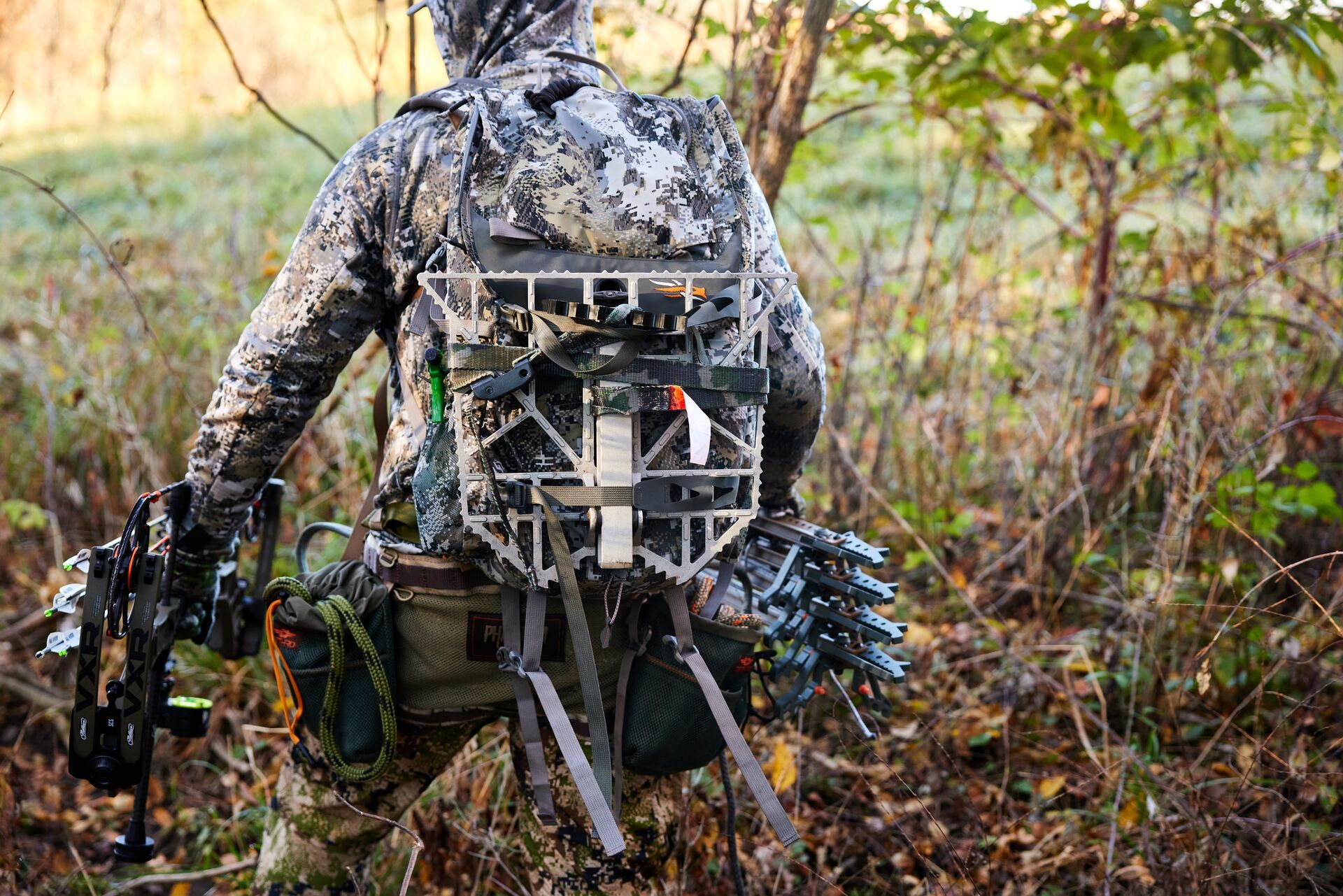
Check Your Gear
I'll continue scouting through the entirety of the month. Then, once I have a good amount of the information I'm seeking in March, I will begin to approach and assess the other areas of whitetail hunting that are important to me.
This begins with a quick inventory of the gear I used the previous season.
Primarily, I like to make sure that everything I used last year is in good working order and nothing needs to be replaced. For instance, I know I'll need to replace some straps for my climbing sticks this coming year. This might mean I need to make the move to amsteel ropes or just get brand new cinch straps from the company I got my sticks from.
Make a list of the gear you need to check — everything from your pack to your boots, your tree stands, to your late-season clothing. After you make that list, actually inspect each of those items. Look for wear and tear and think back to the previous year. Maybe you noticed your gloves weren't quite warm enough, or maybe your boots need to be replaced after a few hard seasons.
Check Your Stand Locations
When I'm inspecting my gear, I'll also inspect my stand locations. I almost exclusively saddle hunt and very rarely from preset stands. But, in March, I like to take my sticks and platform out and actually climb trees to see what shooting lanes and shot opportunities I will have in spots that look promising to me.
If I'm on private land, I'll trim lanes sometimes, but often, I'm just looking for trees that work for me.
If you're hunting from preset stands, you might want to use March as the month you trim your shooting lanes, move those stands to the spots where you've found more promising deer signs, or set new stands on areas of your property you want to hunt safely above the ground in October.
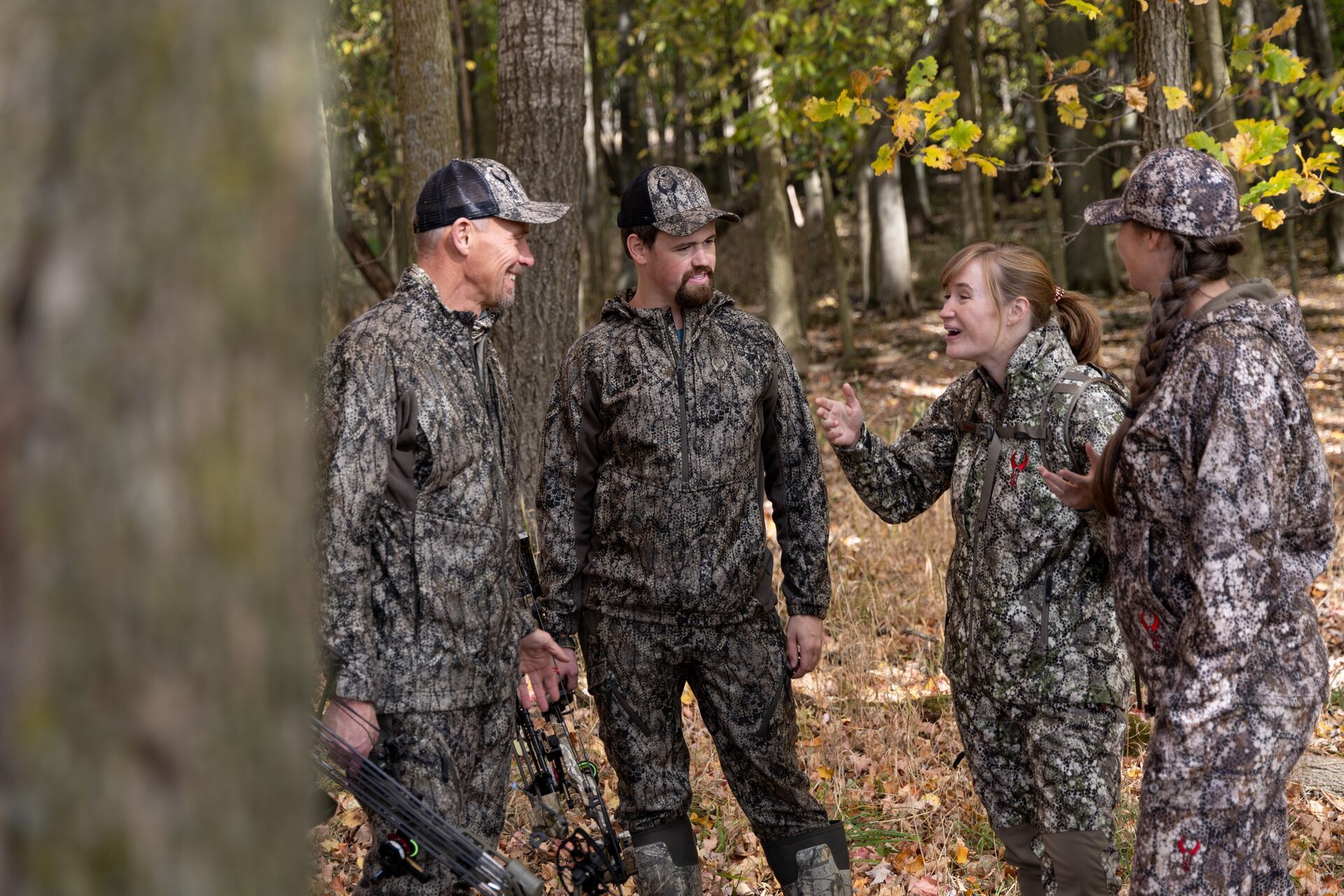
Build Your Landowner and Hunter Network
March is also an excellent month for networking with landowners and other hunters.
Each year, I like to broaden my hunting permissions if possible. Simply getting to know landowners is a good way to do this. It can be daunting to door knock, but March is a great time to get out and give it a try.
We're far enough away from the season that you won't need to ask for hunting permission directly. Instead, ask if they'd allow you to shed hunt their property; even offer to share the sheds you find if you'd like. Maybe you want to ask about small game hunting before the season ends or turkey hunting in the coming months.
Whatever angle you take, March is a great opportunity to speak with landowners and hunt down permission for the fall deer hunting season. Then, with fellow hunters in March, I like to take the time to compare notes — both from the previous season as well as the scouting that we've done so far in the winter and into March.
One of the pieces of public land that I frequented during the 2024 season was one that a friend and I scouted. We coordinated scouting on separate sides of the property and tracked down important information for all the hunting we enjoy: squirrels, turkeys, and deer. We each found good deer sign and split up on that property in the fall to deer hunt. Each of us was able to take a doe at different times, thanks in large part to the information that we shared with each other.
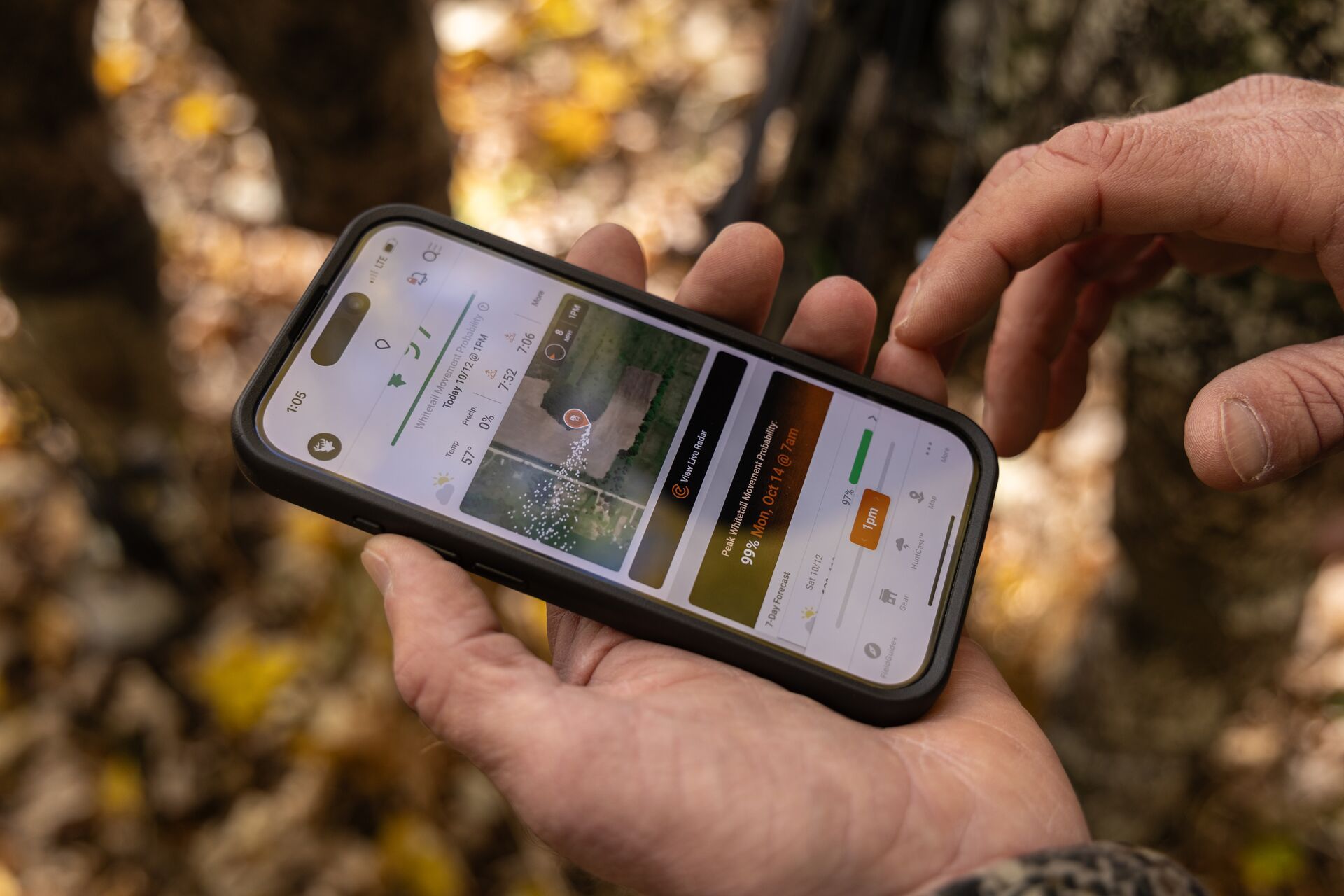
Chase Your Passion for Whitetail Hunting Year-Round
Something about whitetail deer has me captivated. That captivation has led me to continue pursuing this passion throughout the season and the entire calendar year. Month after month, I find myself excited to broaden my knowledge of whitetails.
But, when March rolls around, and the grip of winter begins to loosen, and the snow begins to melt, I simply cannot get enough time in the woods. March is a special month for scouting — especially if you're still learning how to scout for deer on public land — and I hope that this year, you take the time to find out why for yourself.
Make sure you download HuntWise and start looking for public land you want to scout in March; look for those areas to shed hunt, contact landowners, drop pins to share with your hunting buddies, and above all else, stay excited for the deer season that will be here before we know it.
Enjoy a free week to explore the HuntWise hunting app when downloading it for the first time!
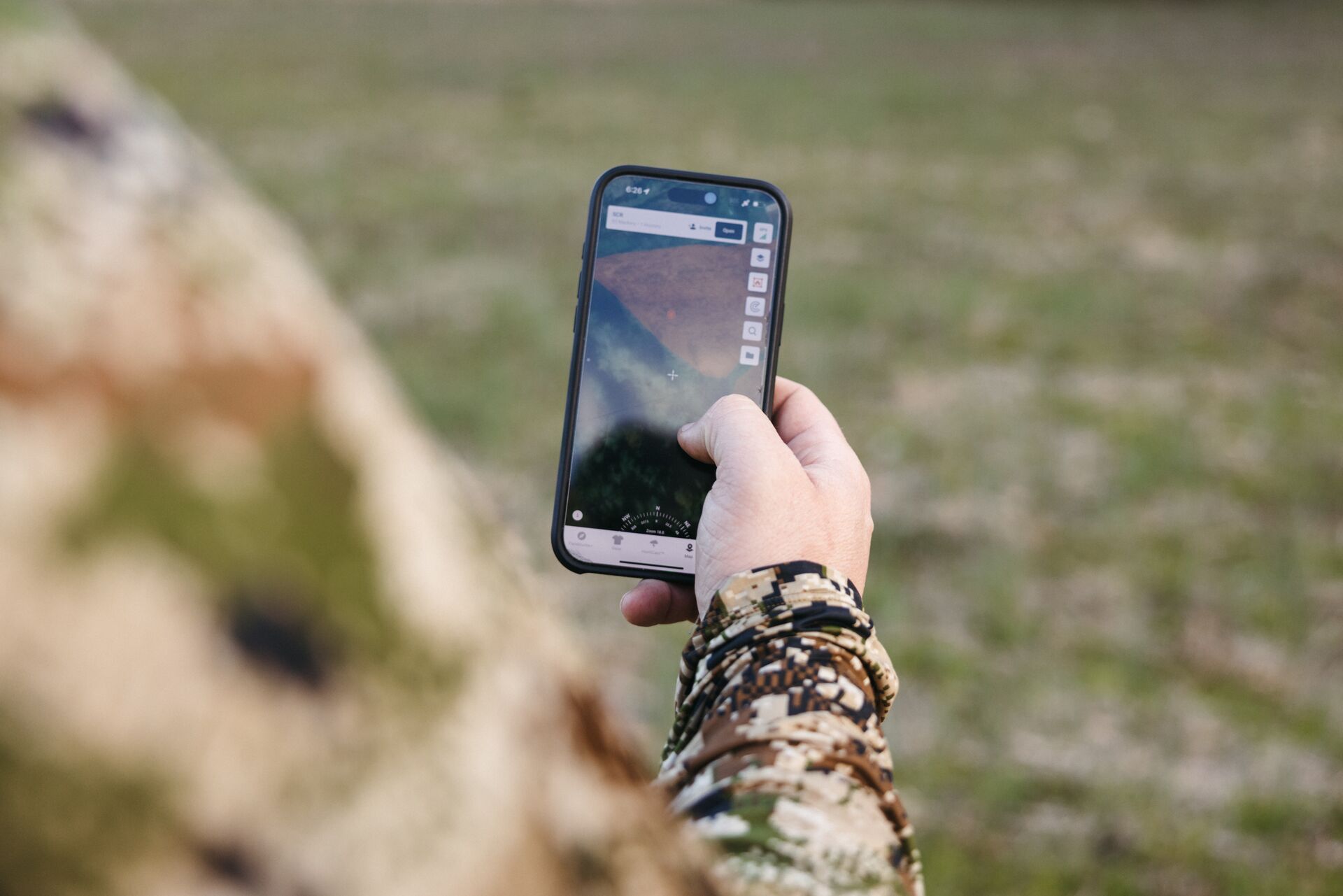
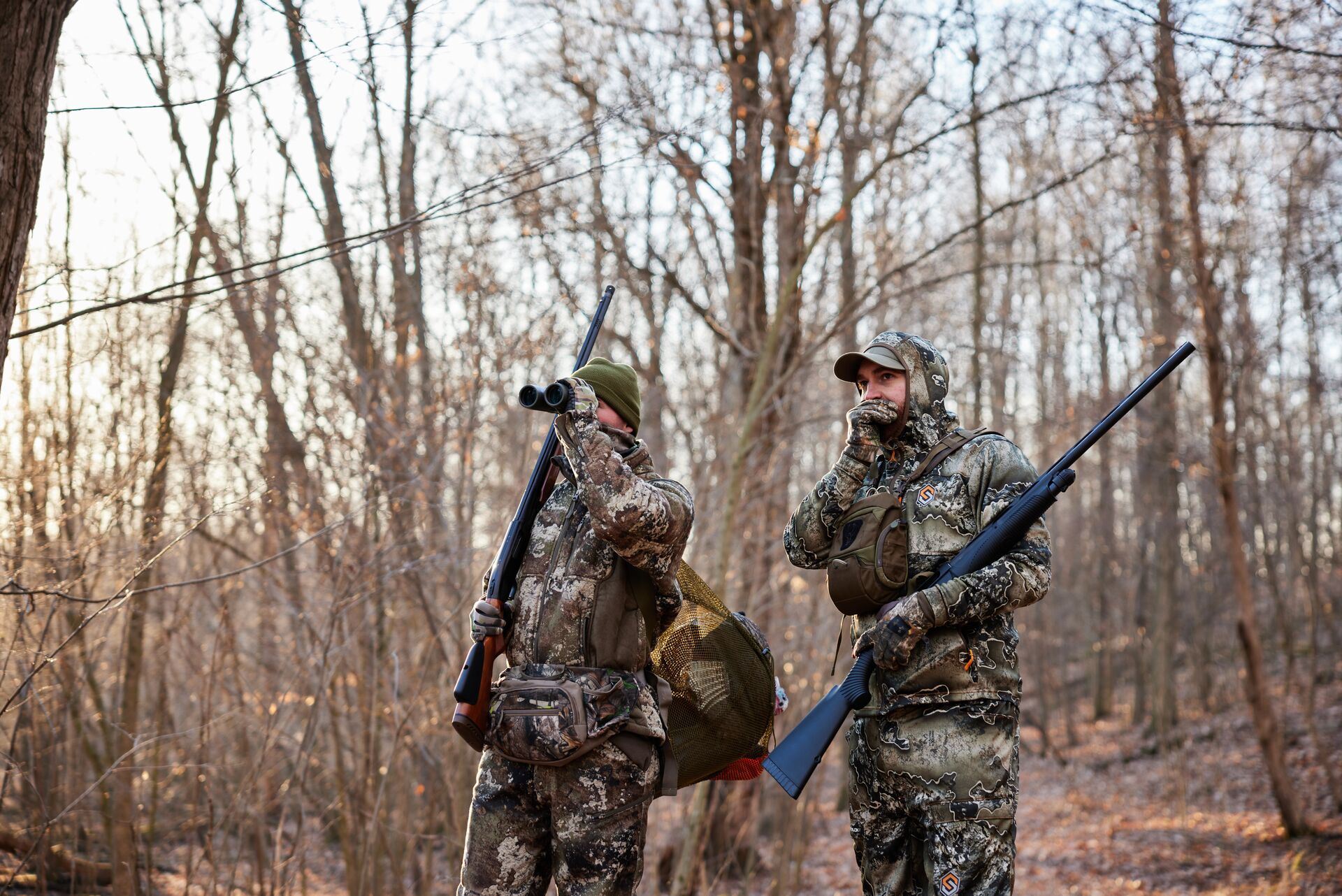
 Hunting Tips
Hunting Tips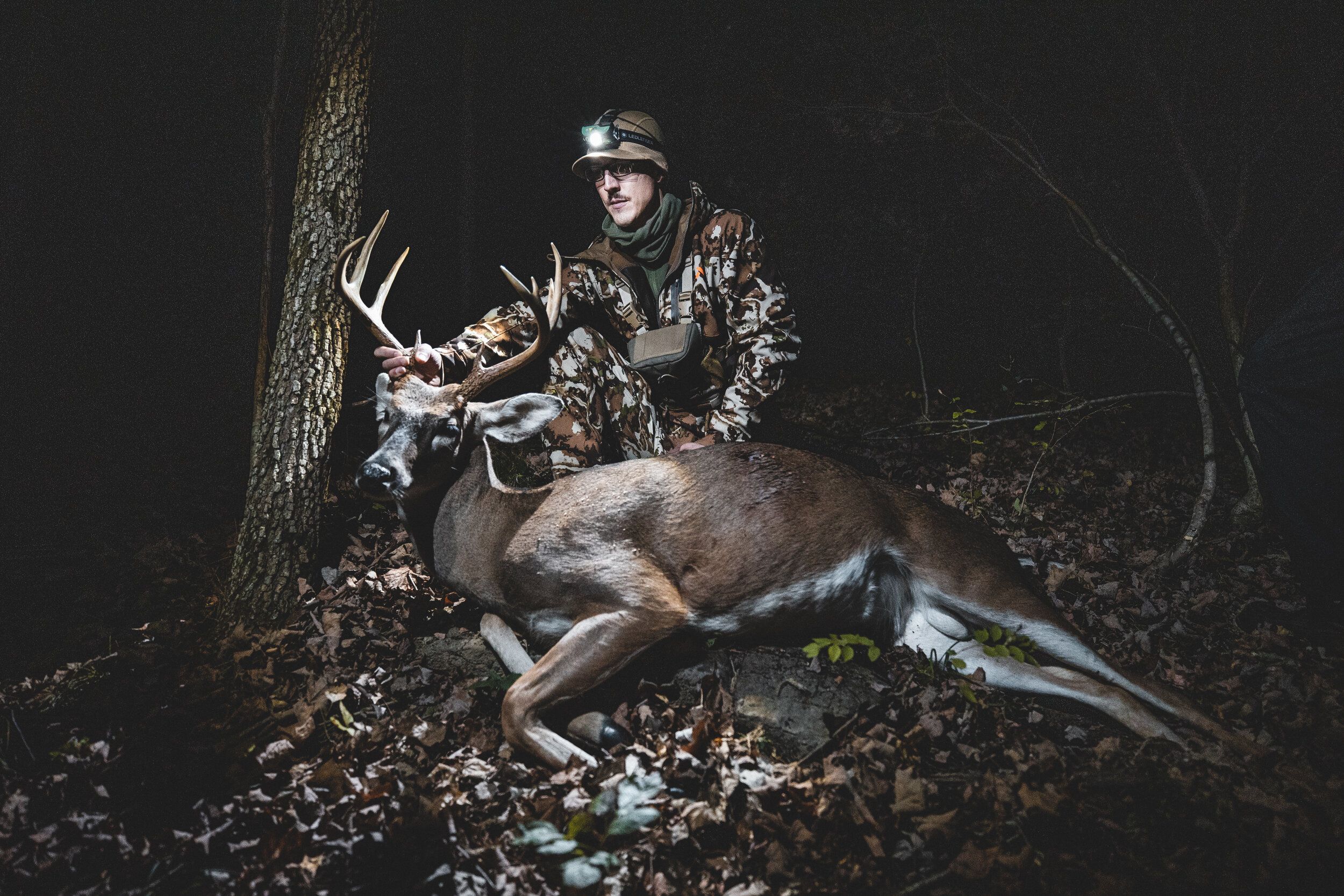 Hunting Tips
Hunting Tips Hunting Tips
Hunting Tips